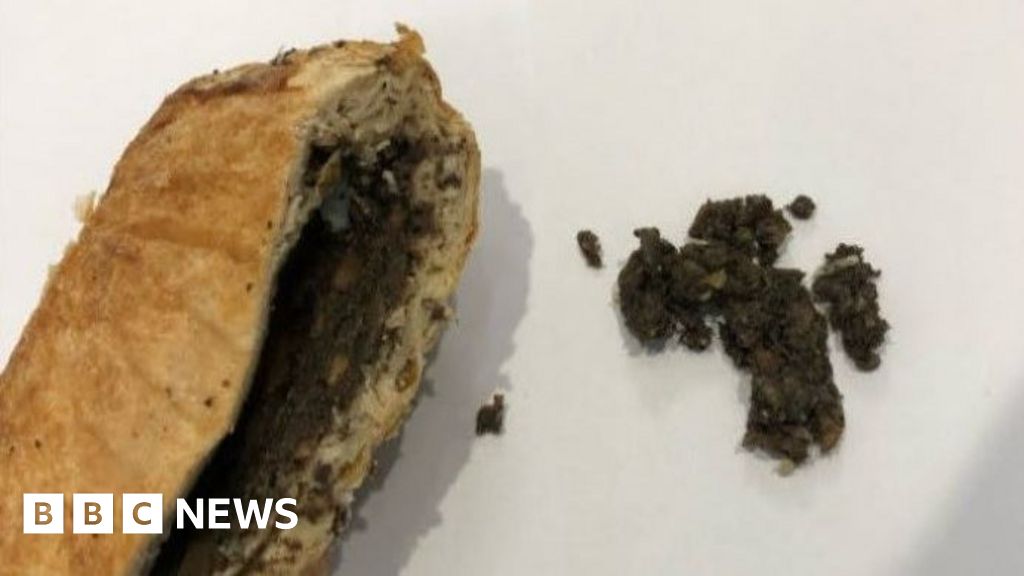Pink salt and regular salt are different in colour, taste and nutrients. So, in the pink salt vs regular salt debate, find out which one wins.
Salt is one of the basic ingredients that is widely used in preparing different types of food. You may also like to sprinkle some while having salads or crispy fries. But the dangers associated with excessive intake of sodium, a key component of salt, may discourage you to have spoonfuls of the regular or table salt. Yes, eating too much sodium may lead to high blood pressure and heart disease. So, does that mean you should look for a healthier option like pink salt? Before making the switch, check out the pink salt vs regular salt comparison.
What is pink salt?
Before moving on to the pink salt vs regular salt debate, let’s start with the basics. Pink salt or the Himalayan salt gets its name from the place where it’s mined. It comes from the ancient deposits of salt in the Himalayan Mountains. “The pink colour of the salt is due to the trace minerals like iron oxide,” says nutritionist Haripriya. N. It is minimally processed so the product is unrefined, and is so, is considered to be more natural than regular salt.
What is regular salt?
Regular salt, also known as table salt, is the most commonly used form of salt in households. “It is typically highly refined, with most impurities and minerals removed during processing,” says the expert. One teaspoon of regular salt contains approximately 2400 mg of sodium, according to the US Centers for Disease Control and Prevention. It is much more than the recommended amount. You should consume sodium less than 2300 mg per day, as per the US Food and Drug Administration.
Pink salt vs regular salt: What are the similarities?
Pink salt vs regular salt is not all about the differences. There are also similarities:
- Primary component: Both are made up mostly of sodium chloride, which is responsible for the salty taste. “But pink salt usually has 84 to 98 percent sodium chloride. Regular salt has 97 to 99 percent sodium chloride,” says Haripriya.
- Culinary use: Both are used to season food, enhance flavour, and preserve food. They can be added during cooking, at the table, or used in pickling and curing.
- Impact on health: “Excessive intake of either type can contribute to high blood pressure (hypertension) and increased risk of heart disease,” says the expert. It may also lead to kidney strain and water retention. That’s why you low sodium foods are better for health.

Pink salt vs regular salt: What are the differences?
Here are key differences between pink salt vs regular salt:
- Source: Regular salt is mined from underground salt deposits whereas the pink one comes from the Khewra Salt Mine near the Himalayas in Pakistan.
- Processing: “Regular one is heavily refined, and contains additives like anti-caking agents,” says the expert. The pink one is minimally processed; natural and unrefined.
- Main ingredient: Regular salt has 97 to 99 percent sodium chloride while pink salt has 84 to 98 percent sodium chloride with trace minerals.
- Added nutrients: “Regular salt is usually iodised to prevent iodine deficiency,” says Haripriya. There is no added iodine in the pink type of salt.
- Trace minerals: These are largely removed from regular salt during refining. Pink salt, on the other hand, contains over 84 minerals. Some of them are calcium, magnesium, manganese and potassium, according to a study published in Foods.
- Colour: The key difference between pink salt vs regular salt is the colour. While the regular one is bright white, the Himalayan one is pink in colour.
- Texture: Regular salt is uniform and fine grain. Pink salt is typically coarse, and also available in fine and flake forms. “But you should choose fine-grain pink salt if you want similar volume measurements as table salt,” suggests the expert.
- Taste: In the pink salt vs regular salt debate, you can’t ignore the taste. Regular salt is pure salty, slightly sharper whereas pink one is mildly salty, and has subtle mineral flavour.
- Health benefits: “Regular salt may prevent iodine deficiency if iodised,” says the expert. However, don’t depend on it, instead have iodine-rich foods such as seaweed, dairy and egg to avoid deficiency. Pink salt may improve digestion, support hydration and electrolyte balance, which prevents fatigue. You can also have pink salt weight loss. No wonder why the pink salt trick is trending online.
- Culinary use: Regular salt can be used in everyday cooking, baking, and table seasoning. Pink salt can also be used in cooking , but it is mostly added to gourmet dishes or used while grilling and seasoning meats.
- Non-culinary uses: Regular salt is used for gargling to help soothe a sore throat. Pink salt is used in bath soaks and skincare scrubs.
In the pink salt vs regular salt debate, there is no clear winner. Whether pink salt is better than regular (table) salt depends on what you are looking for. Is it the taste, minerals, health benefits or iodine content? So, pick them according to your needs.
Related FAQs
Which salt is the healthiest?
There’s no single “healthiest” salt. For general use, iodised table salt, in small amounts, ensures iodine intake. If you get enough iodine from your diet, pink salt, sea salt or Celtic salt can be good alternatives.
Can you replace table salt with pink salt?
Yes, you can replace table salt with pink salt in most cases. Pink salt can be used just like table salt in seasoning, cooking, and garnishing. It has a milder taste and adds a subtle mineral flavour.
How is Himalayan salt different from sea salt?
Himalayan salt and sea salt are both considered more “natural” alternatives to regular table salt, but they are different. For instance, Himalayan salt is pink or reddish in colour due to trace minerals like iron oxide. Sea salt is typically white or light grey.
How much salt is safe to consume?
Salt is essential for your body, but too much can be harmful to your heart, kidneys, and blood pressure. Adults can take 5 grams of salt (1 teaspoon) per day.
Disclaimer: At Health Shots, we are committed to providing accurate, reliable, and authentic information to support your health and well-being. However, the content on this website is intended solely for informational purposes and should not be considered a substitute for professional medical advice, diagnosis, or treatment. Always consult a qualified healthcare provider for personalised advice regarding your specific medical condition or concerns.
Source link


















